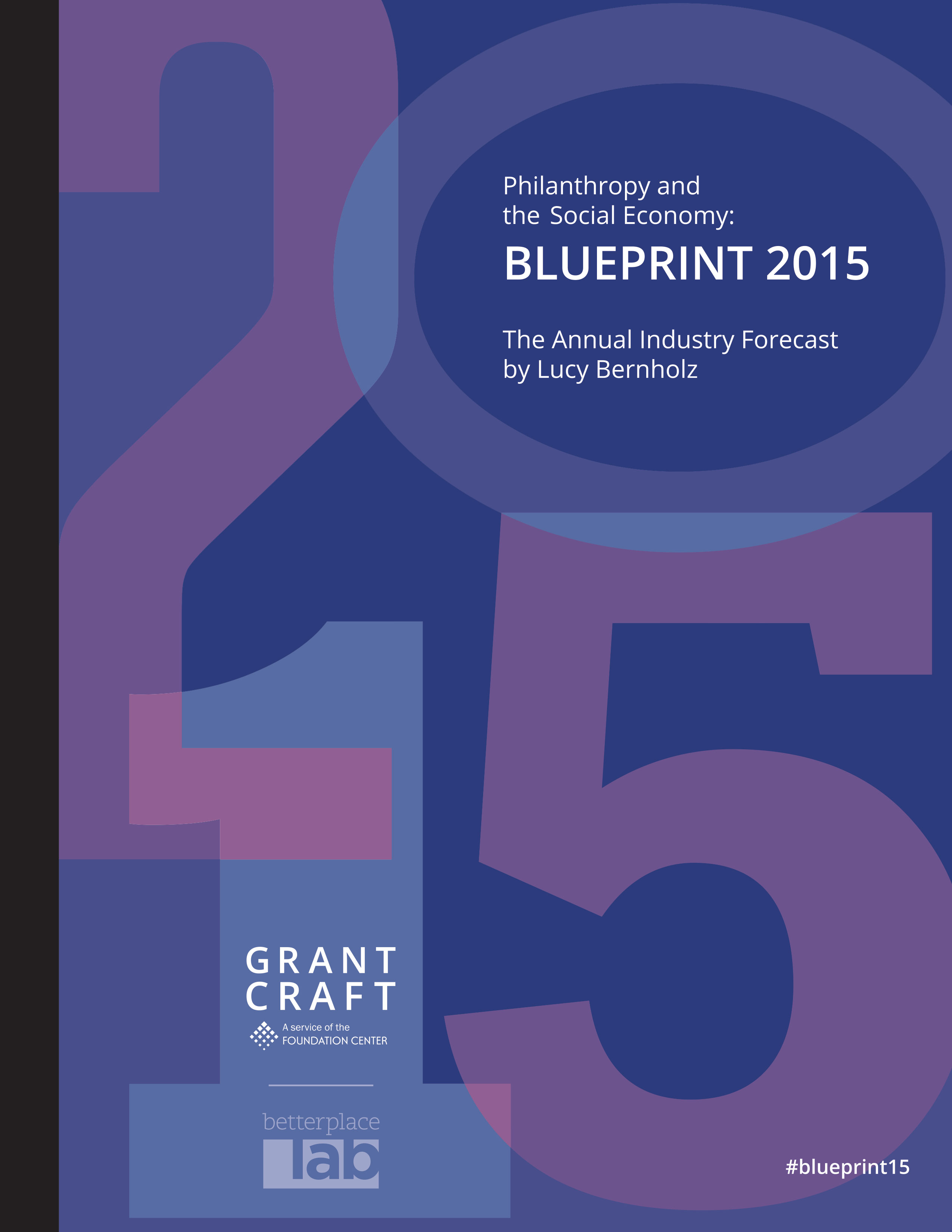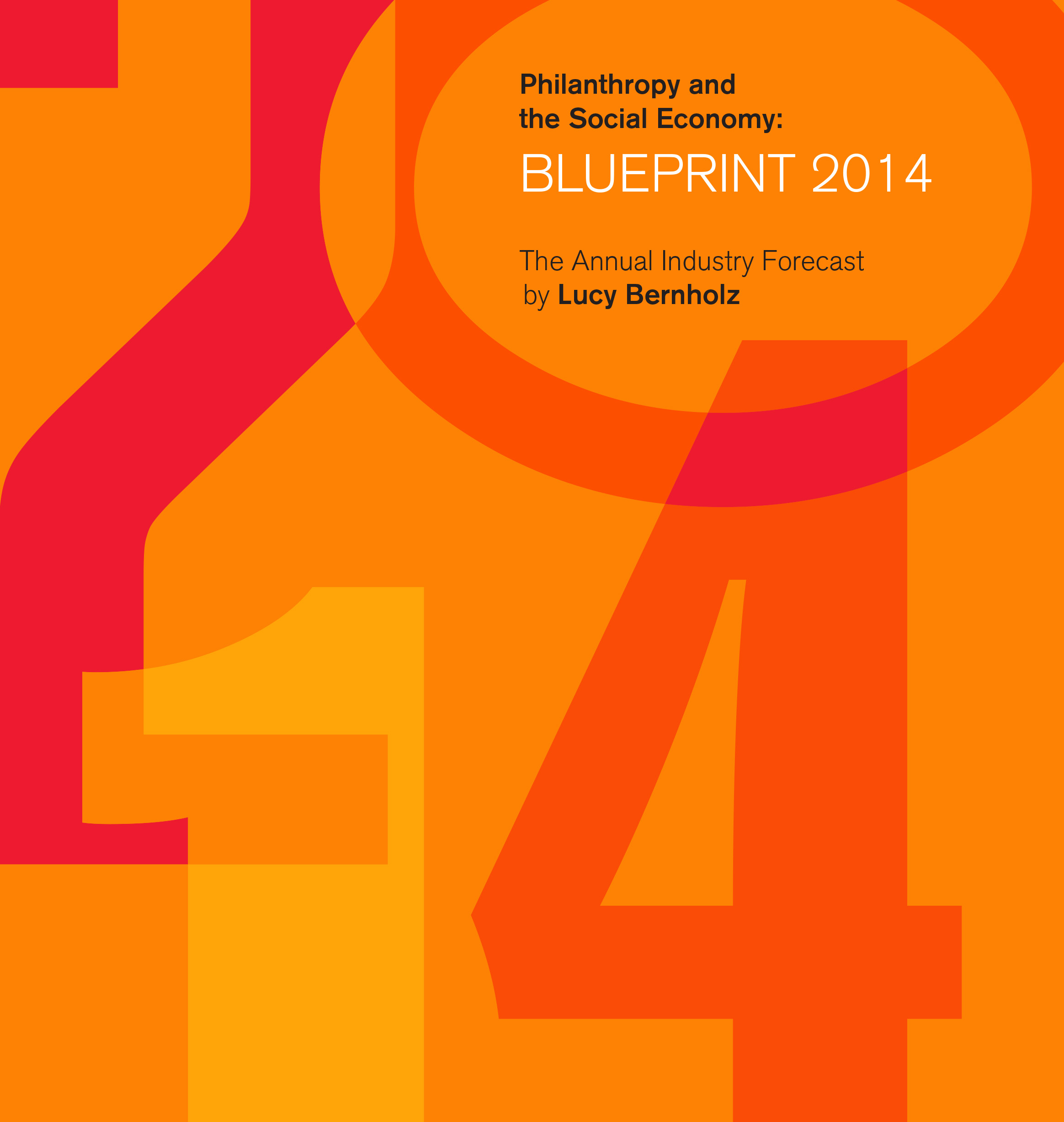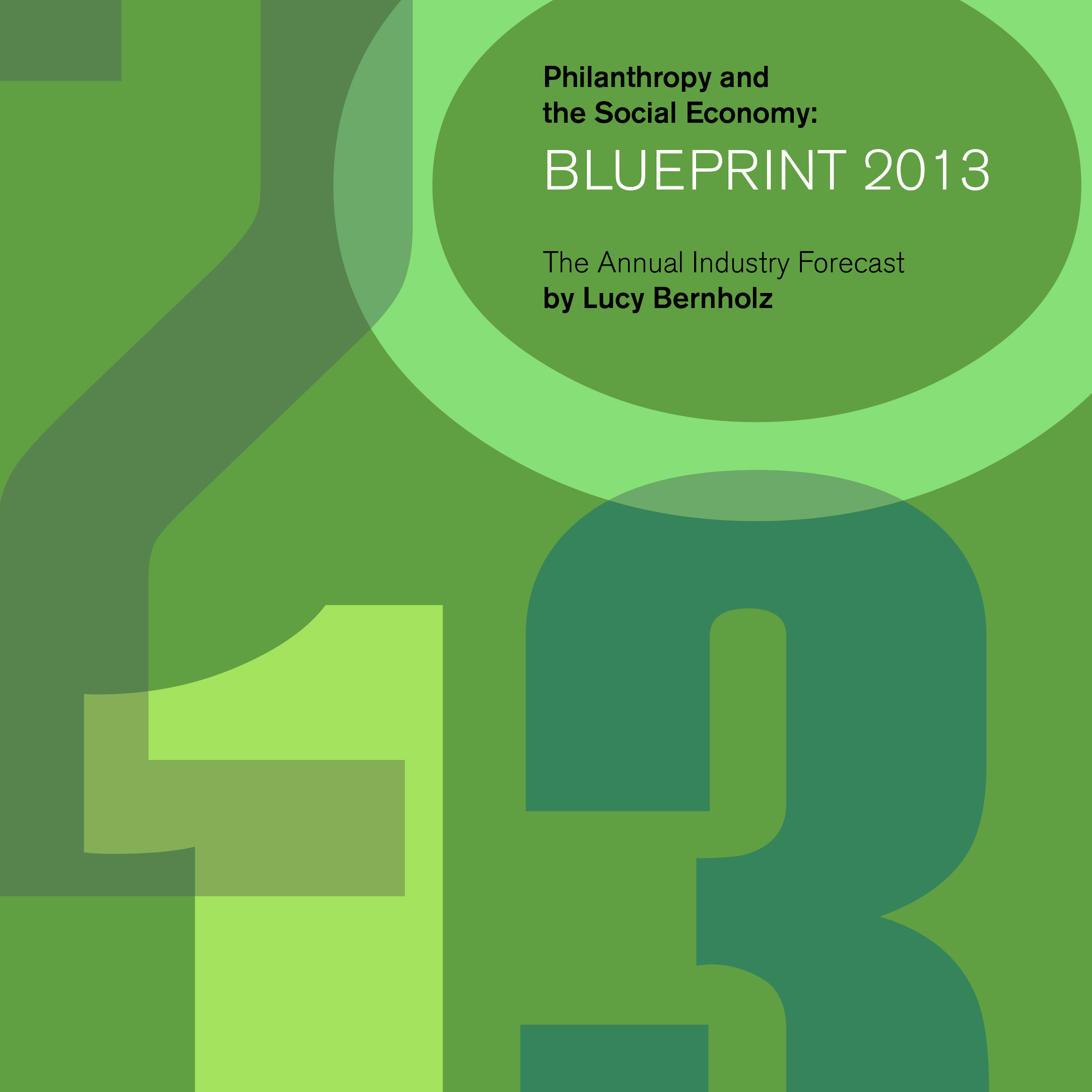What is the Social Economy? A brief definition
The social economy includes the structures by which we voluntarily use private resources for public benefit — through donations of money and time, social enterprises, networks of individuals, activists who connect locally and globally, and formal nonprofit or nongovernmental associations. In the United States, because of the role that nonprofit social welfare organizations play in electoral politics, it also includes political donors and the independent groups that they support.
The social economy is intended as a frame in which to understand the financial relationships among the many organizations of civil society. As Michael Edwards points out in his book, Civil Society, the diversity of civil society makes it possible to spend endless hours debating what it is. In trying to define civil society for the Encyclopedia of American Governance, Rob Reich and Brian Coyne offered up this expansive claim:
“…civil society can include for-profit firms, nonprofit organizations, religious bodies, informal associations, and networks. Civil society organizations can be enduring or transient, large or small, formal or informal, local, national, or global. ... In general, civil society organizations and associations mediate between individual citizens and state institutions; they are private, voluntary action with a public face.”
Another helpful definition that brings in non-institutional activities is offered by Professor Helmut Anheier: “Civil society is the arena outside family, government, and market where people voluntarily associate to advance common interests based on civility.”3 Though the use of the term “civility” is questionable in a sphere defined by opposing viewpoints and shaped by today’s tone of antagonistic discourse, these two definitions should help locate us in the world of individual activists, associations, nonprofits, and networks working together to do something for others. I frequently shorthand all of the above and define civil society as the place where we use “private resources for public benefit.”
Takeaways are critical, bite-sized resources either excerpted from our guides or written by Candid Learning for Funders using the guide's research data or themes post-publication. Attribution is given if the takeaway is a quotation.
This takeaway was derived from Philanthropy and the Social Economy: Blueprint 2015.



